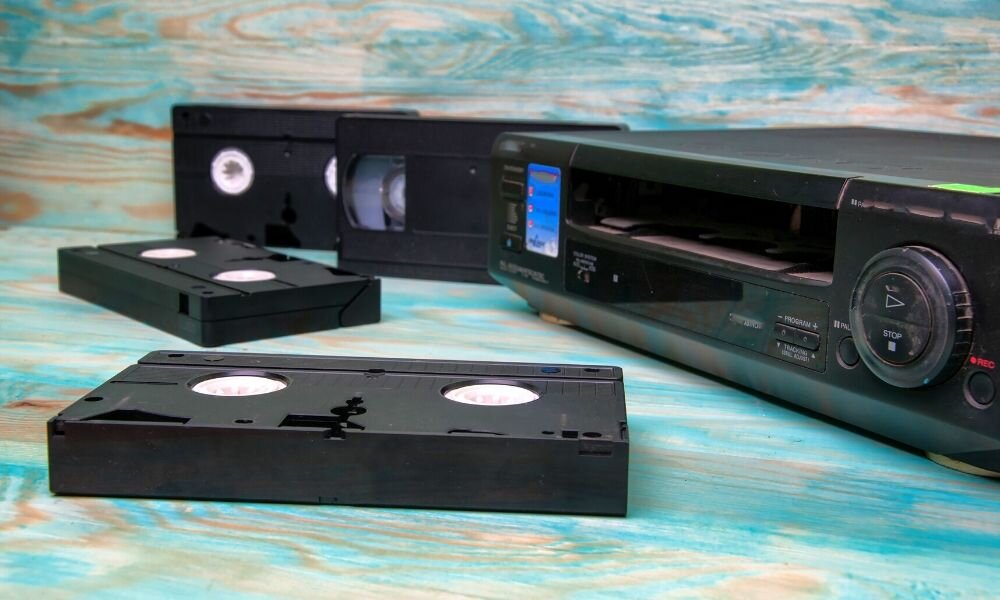Understanding How to Convert Film and VHS to Digital
The technological world is continually pressing forward, leaving outdated items like rotary phones and fax machines in the dust. While the technologies used to document important moments and events may be nearing extinction, the memories they hold shouldn’t be. As more and more technologies go the way of the dinosaurs, physical photo prints and video cassettes have become much less accessible. Understanding how to convert film and VHS to digital formats is the first step in preserving your treasured memories for many years to come.
Media Evaluation
First, the media must be evaluated for any deficiencies in playback performance and overall quality. The media’s outward appearance will likely indicate if the film’s condition has been compromised in any way. Older media forms, such as 16mm film which dates back to the 1920s, may be at higher risk of deterioration. Do not let this deter you, though, as almost all film and video media can be converted to digital formats with great success. No film format is too obscure or outdated, and some damaged media can even be corrected slightly prior to the digitization process.
During this step, the film or video is also inspected for any contaminants, such as dirt, dust, and mold, which may compromise the film’s quality. The film undergoes a thorough cleaning to ensure that it is not further damaged during subsequent steps in the digitization process. To assess the film’s internal integrity, the media is then played back using specialized equipment and is closely evaluated for quality and any distortions or discolorations.
Analog to Digital Conversion
Once the film’s quality has been thoroughly evaluated, it can begin the analog to digital conversion process. Because there are so many different forms of film and video media, each with its own specifications, the conversion process can vary slightly. In general, however, understanding how to convert film and VHS to digital formats is quite simple.
Similar to the process of playing back and evaluating film, the media is first connected to a high-quality digitization device. This device is then monitored by a specialist as it converts the analog media to a digital format. The media can also be edited during this portion of the process, enabling the specialist to correct the film’s color, contrast, and orientation. Editing and converting the film can be quite tricky, particularly when utilizing outdated, obscure, or partially damaged media. As such, it’s in your best interest to entrust this process to a professional. Employing professionals to help digitize film and video will ensure that none of your most precious memories are lost or damaged in the process.

